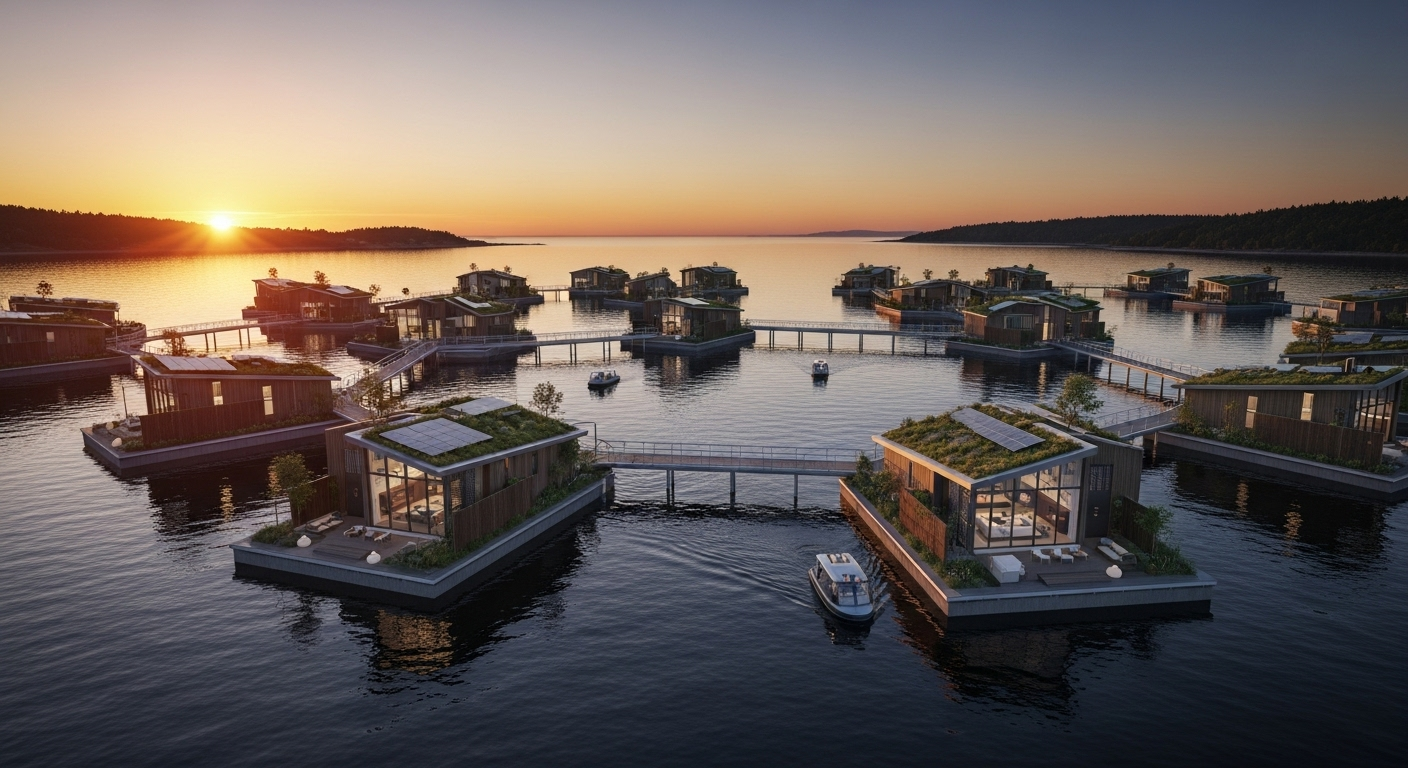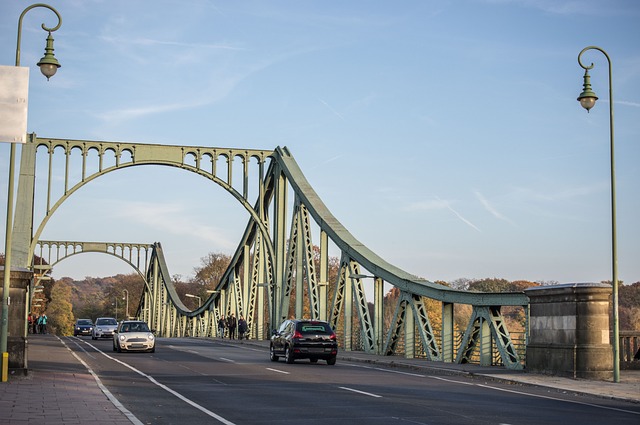Title: Redefining Home: The Rise of Floating Real Estate Communities
The concept of home is evolving, and with it, the real estate landscape is witnessing a revolutionary shift. Floating communities, once a niche concept, are now emerging as a viable and innovative solution to urban housing challenges. This trend is reshaping our understanding of property ownership, sustainable living, and community design. As sea levels rise and land becomes scarcer in coastal areas, these aquatic neighborhoods offer a glimpse into a potential future of real estate.

The concept gained traction in the Netherlands, a country known for its innovative approaches to water management. Faced with rising sea levels and limited land, Dutch architects and urban planners began exploring the possibility of building on water. This led to the development of floating homes that could rise and fall with water levels, ensuring safety and stability.
Engineering Marvels: How Floating Homes Work
At the heart of floating real estate is sophisticated engineering that allows homes to remain stable on water. These structures are typically built on concrete pontoons or platforms that provide buoyancy. The homes are then anchored to the lakebed or seabed using flexible mooring systems that allow for vertical movement with changing water levels.
Modern floating homes are equipped with utilities similar to their land-based counterparts. They are connected to the local power grid, water supply, and sewage systems through flexible, submarine cables and pipes. Some even incorporate sustainable technologies like solar panels, rainwater harvesting systems, and waste treatment facilities, making them self-sufficient and environmentally friendly.
The Economic Perspective: Valuation and Investment Potential
From an investment standpoint, floating real estate presents a unique proposition. The valuation of these properties differs from traditional real estate in several ways. Factors such as location still play a crucial role, but additional considerations come into play, including the structural integrity of the floating platform, the quality of the mooring system, and the property’s ability to withstand various weather conditions.
Investors are beginning to see the potential in this market. As coastal cities grapple with rising sea levels and land scarcity, floating communities offer a solution that can potentially appreciate in value. However, it’s important to note that this is still a nascent market, and regulations surrounding floating real estate can vary significantly between jurisdictions.
Legal and Regulatory Challenges
The legal framework surrounding floating real estate is complex and evolving. In many places, existing property laws and zoning regulations were not designed with floating communities in mind. This has led to a patchwork of regulations that can vary widely from one location to another.
Key legal issues include determining property boundaries, establishing ownership rights, and addressing questions of sovereignty in international waters. Some countries have begun to adapt their legal systems to accommodate floating real estate. For instance, the Netherlands has developed specific regulations for water plots, treating them similarly to land plots in terms of property rights and building permits.
Environmental Impact and Sustainability
One of the most compelling aspects of floating communities is their potential for sustainability. These developments can be designed to have a minimal environmental footprint. Many incorporate green technologies such as solar power, wind energy, and waste recycling systems. Some even experiment with underwater gardens and aquaculture, contributing to local food production.
However, the environmental impact of large-scale floating communities on marine ecosystems is still being studied. Concerns include the effect on local marine life, potential water pollution, and the long-term impact on coastal ecosystems. As this real estate trend grows, balancing development with environmental conservation will be crucial.
The Future of Floating Real Estate
As climate change continues to reshape our coastlines and urban planners seek innovative solutions to housing shortages, floating real estate is likely to play an increasingly important role in the future of housing. We’re already seeing ambitious projects take shape around the world, from floating apartments in Amsterdam to entire floating cities proposed by seasteading advocates.
The potential applications extend beyond residential use. Floating schools, hospitals, and even agriculture are being explored. This could lead to the development of entire floating neighborhoods or cities, complete with all the amenities of land-based urban centers.
Challenges and Considerations for Buyers and Investors
While the concept of floating real estate is exciting, it comes with its own set of challenges. Potential buyers and investors need to consider factors such as insurance (which can be more complex for floating structures), maintenance (which may require specialized skills), and the psychological adjustment to living on water.
There’s also the question of community development. Creating a sense of community in a floating neighborhood presents unique challenges and opportunities. How do you design public spaces? How do you ensure connectivity and social interaction in a water-based environment?
Conclusion: A New Frontier in Real Estate
Floating real estate represents a bold reimagining of how we live and interact with our environment. It offers innovative solutions to pressing challenges like climate change and urban density while opening up new possibilities for sustainable, water-based living.
As this trend continues to evolve, it will likely reshape real estate markets, particularly in coastal and flood-prone areas. For investors, developers, and homebuyers alike, floating real estate presents both exciting opportunities and unique challenges. As we move forward, it will be fascinating to see how this new frontier in real estate develops and potentially transforms our concept of home and community.





